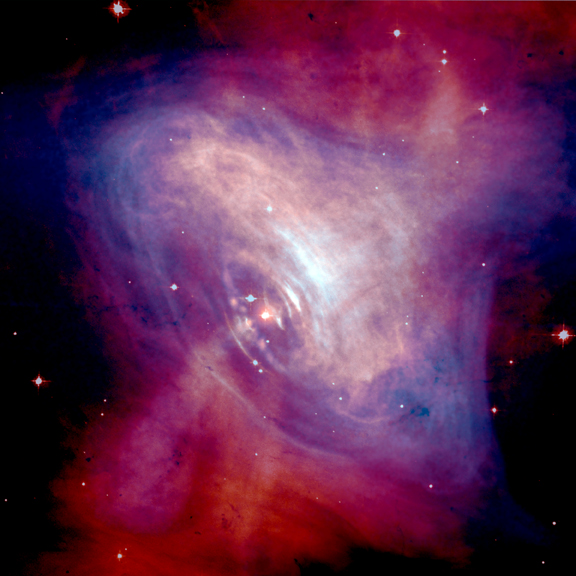



ASTR 350 (Introduction to Astrophysics: Stars) and ASTR 360 (Galaxies and Cosmology) provide a year-long introduction to the branch of physics that deals with celestial objects. The courses may be taken in either order. Both are required for the BS degree in Astrophysics and the BA in Astronomy. Most majors take these courses as juniors; however, it is not uncommon to have sophomores in the class, as well as seniors from majors outside physics. The graduate level version of these courses is 451 and 452. ASTR 350 and ASTR 360 prepare our majors for these graduate courses, which are standard at colleges throughout the country.
ASTR 350 begins by following the calculations of Kepler and Newton to derive the equations that describe the motions of celestial objects under the influence of gravity, and applies these equations to various phenomena of interest in astronomy such as binary stars, cometary orbits, tides, and planetary rings. After some discussion of observational astronomy and modern physics we will be able to determine how stars (including the Sun) are born, why they shine, what happens as they age, and how they die. The course addresses the essential elements of their structure, and the observational tools that astronomers use to probe the physics of their interiors. Then we consider the bizarre world of compact objects, where gravity bends light and time is slowed. For a more extensive outline of the material covered, go to The Cosmos page.
Unfortunately, complete mathematical rigor is not possible, since much of the physics and mathematics needed to study astrophysics you learn as juniors and seniors. However, I will endeavour to present as clear and complete a picture as possible given the time constraints of the course.

